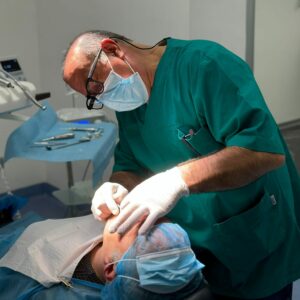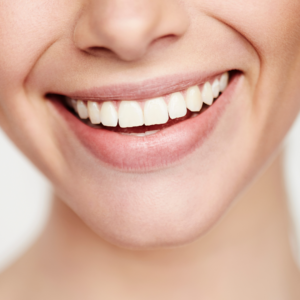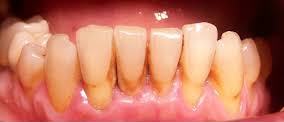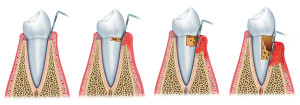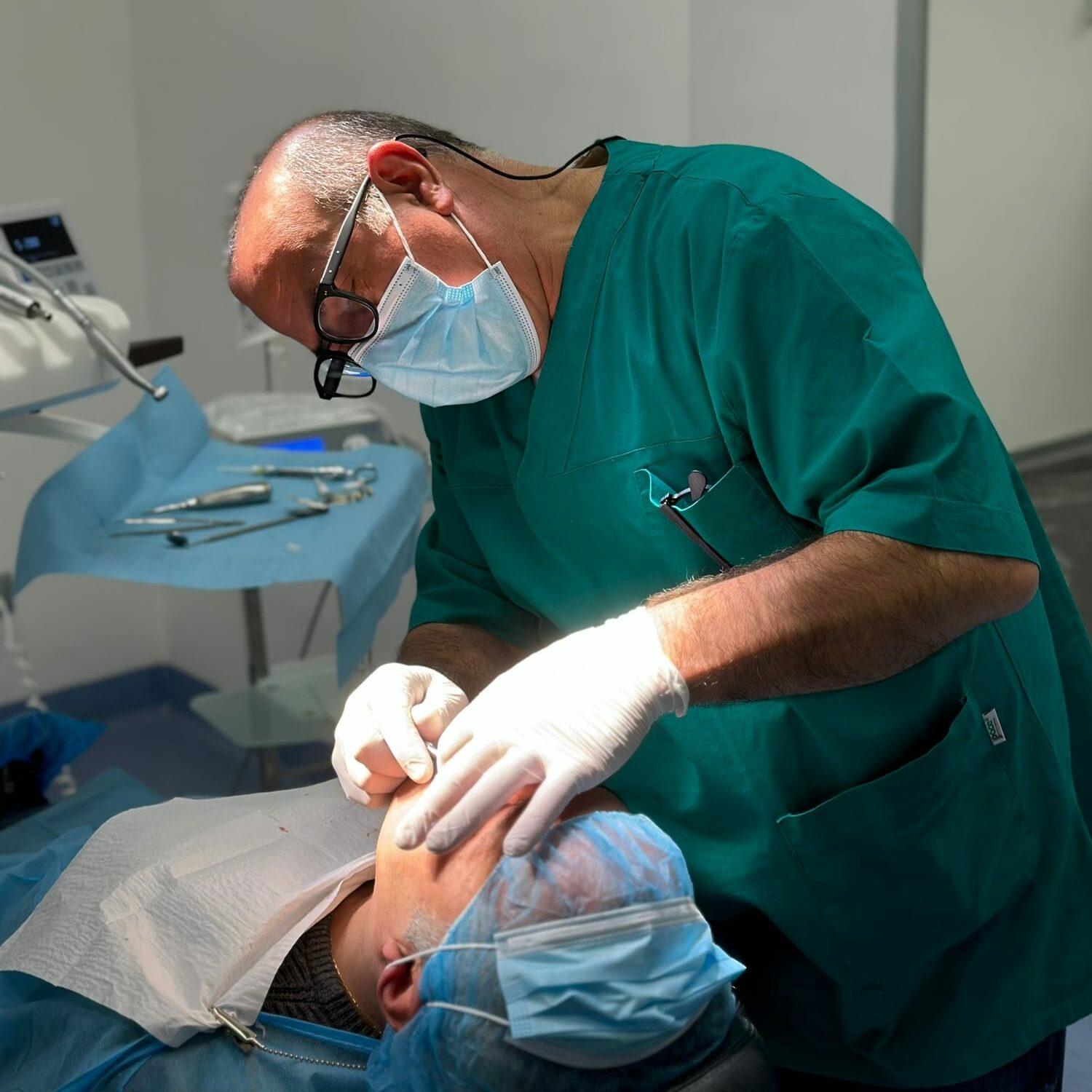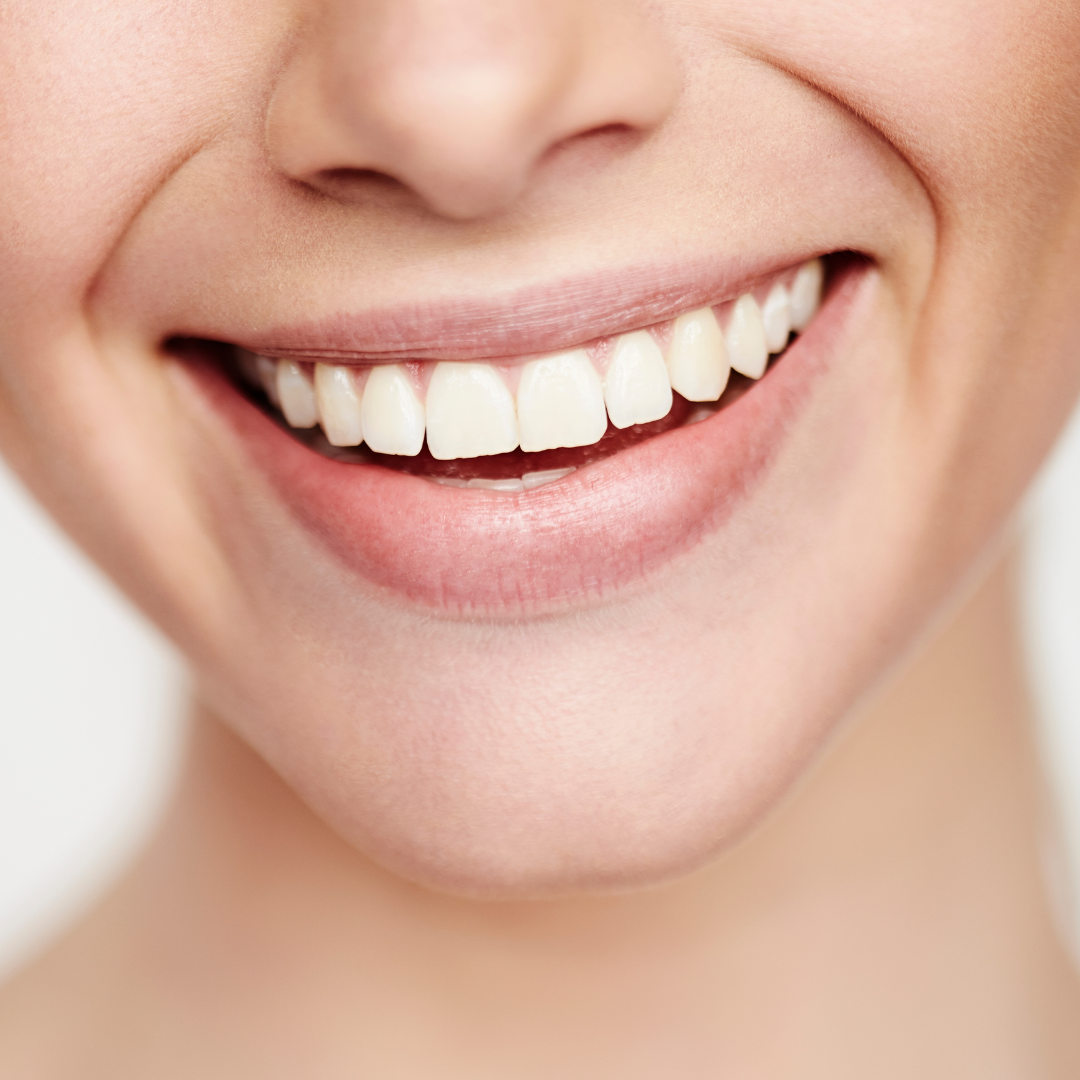[av_textblock size=” font_color=” color=” av-medium-font-size=” av-small-font-size=” av-mini-font-size=” av_uid=’av-k3u2a168′ id=” custom_class=” admin_preview_bg=”]
The resistance of zirconia to fractures compared to lithium disilicate restorations is much greater, however the resistance characteristic is opposed to a lower translucency and, therefore, to an aesthetic result that over time may not maintain high levels.
What is the resistance of zirconia after multiple chewing cycles?
In order to evaluate the resistance of zirconia after several chewing cycles, an in vitro study was conducted to evaluate the fatigue of the zirconium crowns and the consequences on translucency.
The tests performed on zirconia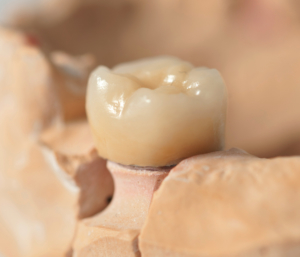
Two disk-shaped specimens were used to test the characteristics of zirconia, one in translucent zirconia (5Y-PSZ) and one in convectional zirconia (3Y-PSZ). For each type of zirconia two disks with different thicknesses have been created, one of 0.7 mm and one of 1.2 mm. Thickness is a clinically relevant factor for calculating resistance.
The translucency value, on the other hand, was assessed on the basis of the perception threshold of translucency equal to 0.06, i.e. the threshold perceivable by the human eye.
To assess the degree of translucency, a sphere spectrophotometer was used, before and after the fatigue chewing cycles, equal to approximately 1.2 million.
How long does zirconia resist chewing?
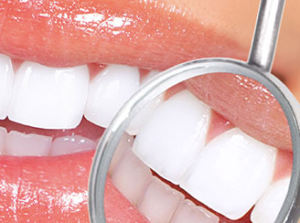 From the point of view of mechanical strength, no significant difference between translucent zirconia and conventional zirconia was highlighted, both discs showed stability after undergoing fatigue chewing cycles.
From the point of view of mechanical strength, no significant difference between translucent zirconia and conventional zirconia was highlighted, both discs showed stability after undergoing fatigue chewing cycles.
Effects on translucency
The thickness of the zirconia disk had a significant impact on the translucency value. The 0.7 mm thick specimen showed greater translucency following fatigue chewing cycles. However, these are values that do not exceed the translucency threshold perceptible by the human eye.
From the analyzed data, therefore, what emerges is that the thickness of the zirconia is inversely proportional to the translucency value. The higher the zirconia thickness, the lower the translucency value.
Furthermore, translucent zirconia, after the fatigue of the chewing cycles, makes the light shine through more than conventional zirconia.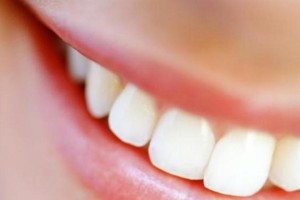
Zirconia resistance clinical implications
In specialized clinics with high skills, dentists offer the patient the best solution to the specific clinical case. This also translates into the ability to choose the best material to use for the necessary dental treatment.
Therefore, there are no recommended materials in any case regardless of the patient, but more suitable materials based on a specific clinical case.
In the choice of prostheses or crowns, the strength of zirconia is a factor that the dentist takes into high consideration, especially in cases where the forces of the chewing load are very high. In other circumstances, you opt for other materials or for the use of multiple layered materials, as happens for the realization of zirconium-ceramic prostheses.
The wide choice of materials and the dentist’s competence in making the best choice guarantee the patient the best result.
[/av_textblock]
[av_one_full first min_height=” vertical_alignment=” space=” custom_margin=” margin=’0px’ row_boxshadow=” row_boxshadow_color=” row_boxshadow_width=’10’ link=” linktarget=” link_hover=” title_attr=” alt_attr=” padding=’0px’ highlight=” highlight_size=” border=” border_color=” radius=’0px’ column_boxshadow=” column_boxshadow_color=” column_boxshadow_width=’10’ background=’bg_color’ background_color=” background_gradient_color1=” background_gradient_color2=” background_gradient_direction=’vertical’ src=” background_position=’top left’ background_repeat=’no-repeat’ animation=” mobile_breaking=” mobile_display=” av_uid=’av-5h6ndj’][/av_one_full]
[av_one_full first min_height=” vertical_alignment=” space=” custom_margin=” margin=’0px’ row_boxshadow=” row_boxshadow_color=” row_boxshadow_width=’10’ link=” linktarget=” link_hover=” title_attr=” alt_attr=” padding=’0px’ highlight=” highlight_size=” border=” border_color=” radius=’0px’ column_boxshadow=” column_boxshadow_color=” column_boxshadow_width=’10’ background=’bg_color’ background_color=” background_gradient_color1=” background_gradient_color2=” background_gradient_direction=’vertical’ src=” background_position=’top left’ background_repeat=’no-repeat’ animation=” mobile_breaking=” mobile_display=” av_uid=’av-4wyro7′][/av_one_full]





